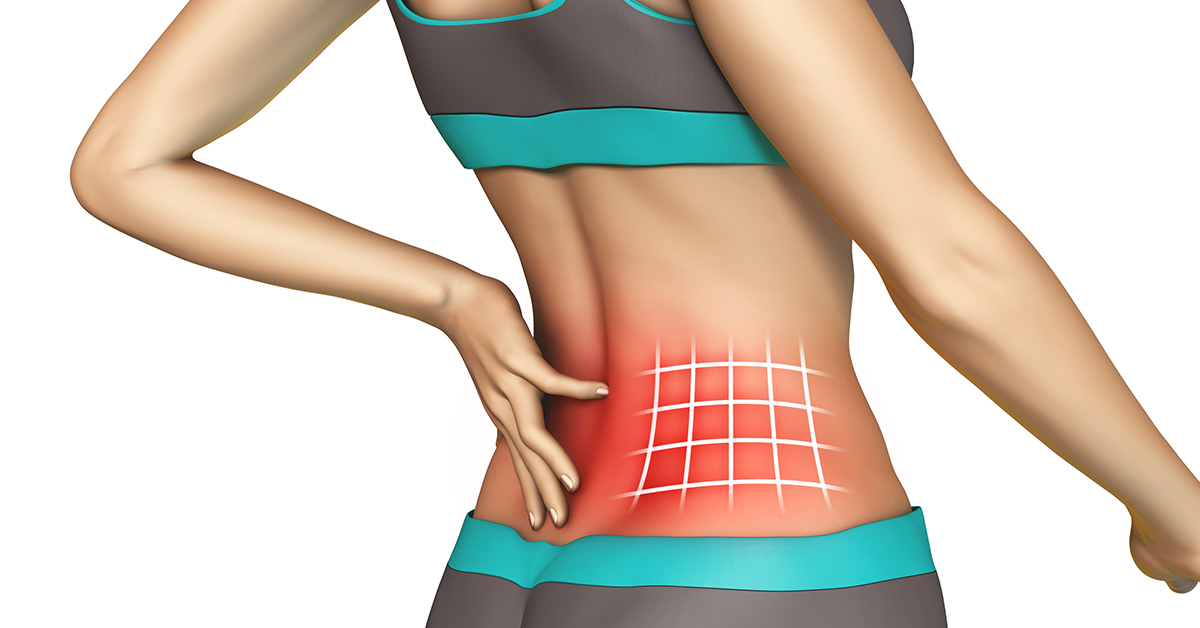Chronic Pain
Chronic Pain : a symptom or a disease?
Pain has been defined by International Society for Study of pain as "an unpleasant sensory and emotional experience associated with actual or potential tissue damage, or described in terms of such damage." Note the last few words, even in the absence of actual/potential tissue damage if a person describe unpleasant sensation in terms of actual/potential tissue damage it is called pain. Take the example of Phantom limb pain. Here patient feel painin the limb which is not there; so question of tissue damage does not arise. Till 1960s doctors thought it was due to psychological problem but now we know the exact pathophysiology of pain, which is a real painand not psychological. Similarly in lumbago, sciatica, CRPS, fibromyalgia etc. there are definite pathophysiological problem in the nervous system which can be reversed with interventional pain management. It is now definitely proved that with a few exception like Rheumatoid arthritis in all chronic pain there are problems in the nervous system and so Chronic pain can be called a disease itself.
